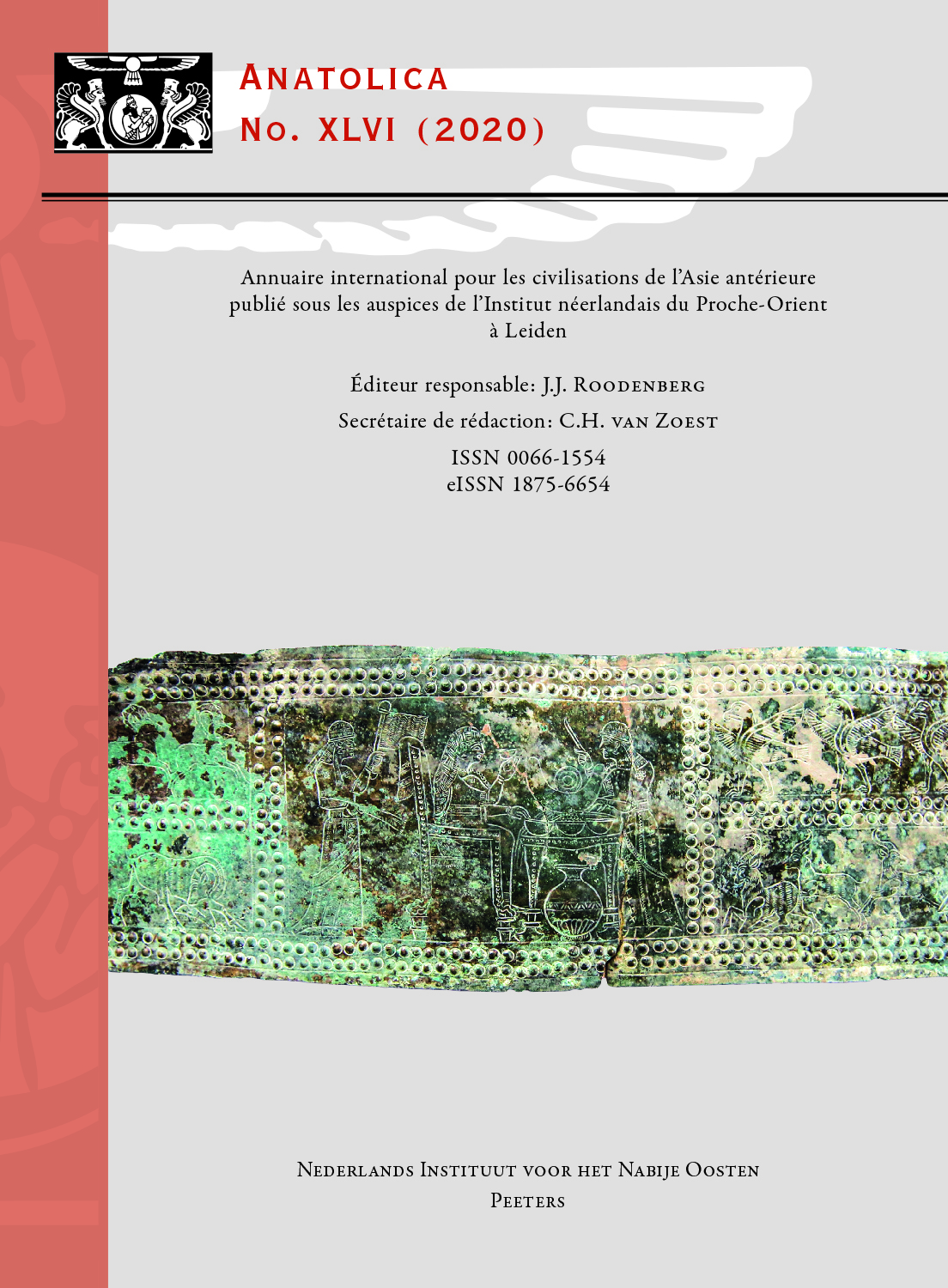 previous article in this issue previous article in this issue | next article in this issue  |

Preview first page |
Document Details : Title: Chalcolithic Age Gold Beads from İnönü Cave, Zonguldak Author(s): YALÇIN, Ünsal , EKMEN, F. Gülden , EKMEN, Hamza Journal: Anatolica Volume: 47 Date: 2021 Pages: 277-298 DOI: 10.2143/ANA.47.0.3289564 Abstract : Anatolia has witnessed many important cultural developments in human history. The developments that took place in Anatolia are closely associated with the climatic, geographical, and geomorphological conditions of this special region. Copper deposits are found close to the surface in some regions resulting in the first documented use of native copper in the Neolithic Age, and extensive use of metals and early mining activities were documented here in the Bronze Age. Gold deposits are also abundant in Anatolia; however, archaeological investigations so far indicate that this metal was used later than in neighboring regions such as the Balkans. Recent excavations at İnönü cave, a site situated in the western coastal Black Sea Region of Anatolia, revealed important evidence for the early use of gold. Gold beads were found in a small ceramic pot in layer V (4300-4000 BC) which have chronological and typological parallels with early examples from the Balkans. Thus İnönü cave provides the earliest evidence that gold was used in the Chalcolithic Age in Anatolia. In this paper we offer a preliminary evaluation of the gold beads from İnönü cave and describe their place in the history of metal use and metallurgy in Anatolia. Additionally, it was aimed to obtain some preliminary information about the production processes of the beads by P-XRF and SEM analyses. |
 |


